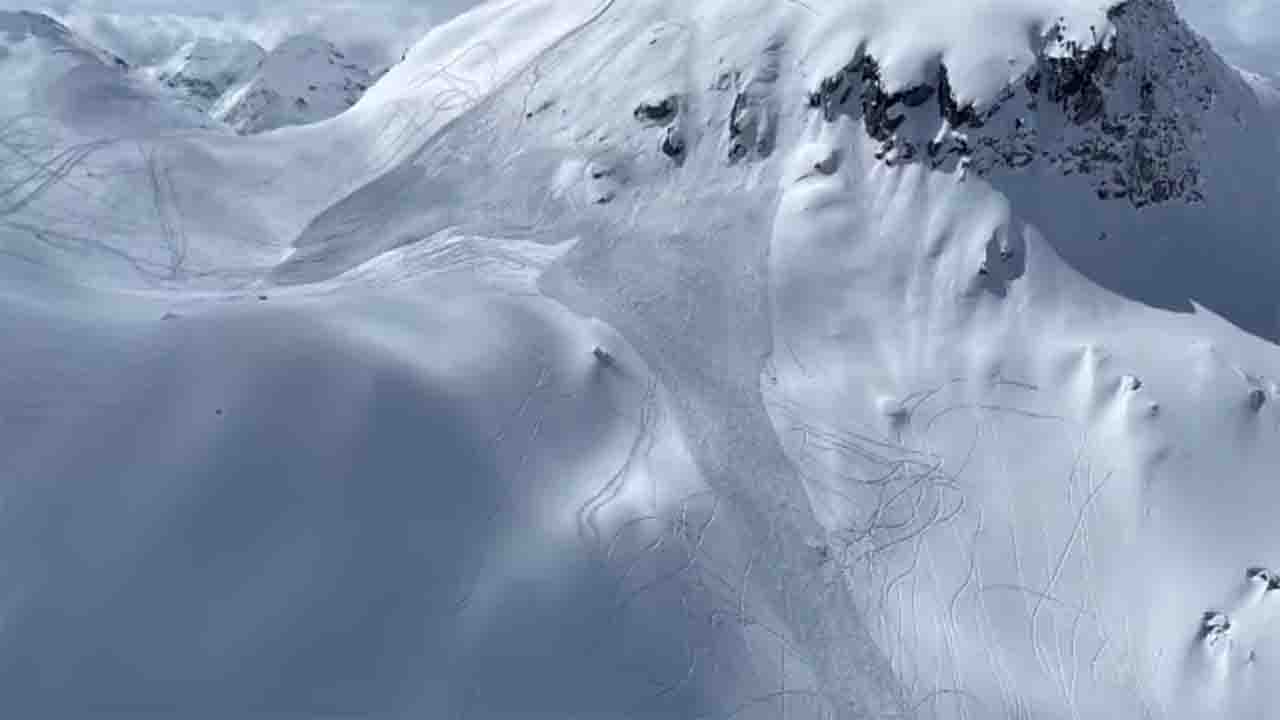Canada_ (Commonwealth) _ According to Avalanche Canada, one individual died after getting caught in an avalanche in British Columbia on Saturday while snowmobiling west of the Alberta border. According to the organization’s website, three persons were snowmobiling at the Thunderwater Lake riding area, which is west of Invermere in British Columbia’s Columbia Valley, roughly 180 kilometers west of Calgary.
According to Avalanche Canada, two riders were swept up in a fall generated near a rocky area on the hill. “One rider managed to ride off to the side, while the other was caught and buried approximately two metres deep on a bench feature mid-path,” the ad stated. According to Avalanche Canada, the victim was discovered by members of the group, who attempted CPR. Search and rescue on a local level
B.C. Emergency Health Services said its paramedics met Columbia Valley Search and Rescue volunteers at the Invermere Airport and treated one patient. No patients were transported to the hospital by paramedics.
The recent avalanche in Canada occurred at an elevation of approximately 2,300 meters and was estimated to be about 100 meters wide. The incident happened on a Saturday and unfortunately resulted in the loss of life, marking it as the 14th avalanche fatality in British Columbia since January.
Avalanches are natural phenomena that can occur in mountainous regions when layers of snow build up and become unstable, leading to a sudden release of snow and ice down a slope. They can be triggered by various factors such as snowfall, wind, temperature changes, and human activities. Avalanches can be extremely dangerous and pose significant risks to anyone in their path, including hikers, skiers, snowboarders, and other outdoor enthusiasts.
In this case, the avalanche occurred at a relatively high elevation of around 2,300 meters, which suggests that it may have been in a remote or challenging terrain where snow and ice can accumulate and create unstable conditions. The fact that it was approximately 100 meters wide indicates that it was a substantial avalanche with significant destructive potential.
Tragically, this avalanche resulted in a loss of life, making it the 14th avalanche fatality in British Columbia since January. This highlights the seriousness and risks associated with avalanches, especially in regions with significant snowfall and mountainous terrain. It serves as a reminder of the importance of taking appropriate precautions, such as checking avalanche forecasts, carrying appropriate safety gear, and being knowledgeable about avalanche awareness and rescue techniques when venturing into snowy mountainous areas. It is also crucial to heed any warnings or closures issued by local authorities during periods of high avalanche risk to ensure personal safety.








